Todd McLellan's Striking Photography Deconstructs Everyday Objects
- 20 December 2017
- ByAndy Newman

Todd McLellan has perfected a style of photography that breaks down real-life objects into their individual components and shows them off in all their organized - and occasionally chaotic - glory.
The Toronto-based photographer claims his love of art started in a kindergarten finger painting class. Since those early years, Todd's gone on to have his work commissioned by The New York Times and other major brands, and his photos will change how you look at everything from scales to chainsaws to iPods.
Todd's photography has been on our radar for a long time (I have this print hanging in my office), so it's been especially exciting to see his work take off. He sat down to chat with us to share details about his process, how living in Toronto has impacted his work, and the one piece of advice he'd give himself if he was starting over today.
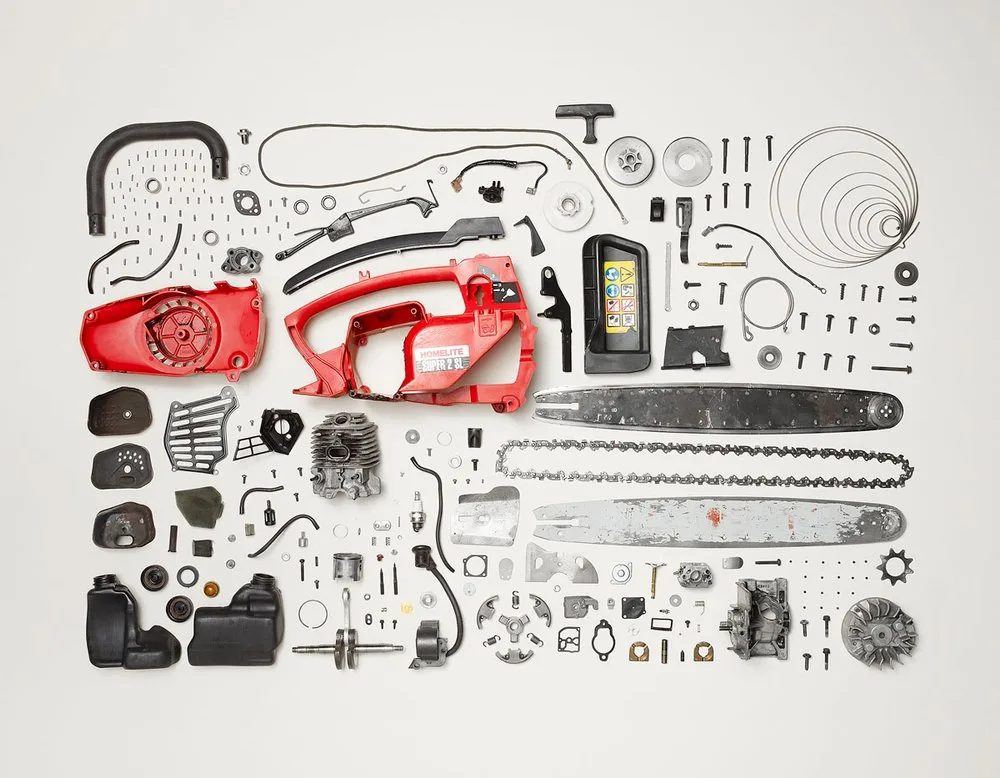
What’s your earliest memory of working with photography?
I don’t quite remember the timeline, but it was fairly early that I was given a little 110 camera. The problem was I wasn’t given the film very often. When I was, the roll was gone almost as soon as it was put in the camera. I would scout out the objects I wanted to document when I didn’t have the film in the camera and fill the frames when I did. I recently found a few of the pictures in my parents pile of stuff. They were pretty random shots of objects on a nature hike we had done on a class trip in elementary school.
Do you have any formal training or are you self-taught?
I started taking photography classes in high school. It was mostly about working in a dark room with some portraiture. Neither of which I do too much of today. The other side of the class was graphic design which I did enjoy a lot. It’s not that I didn’t like photography, but I didn’t see it as a profession. This led me to the Alberta College of Art and design in Alberta. After the first year of studying graphic design I switched to photography as my major and never looked back. Being in a studio and away from the desk hunched over is what got me hooked.
Does your experience with design impact your eye for photography?
It definitely does. Design comes in many forms but I’ve always appreciated clean neat lines and organized compositions. I spend a lot of time on architectural sites drooling over the beautiful structures.
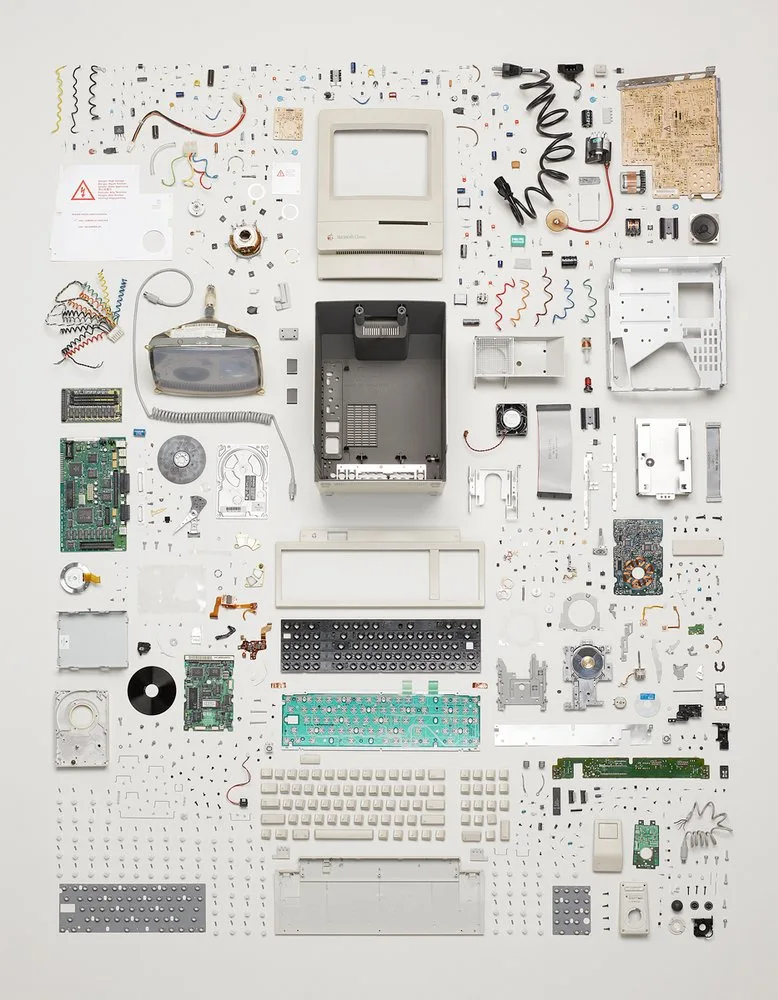
What’s your favorite part of the photography process?
It is definitely the production and shooting process. I come to the table with an idea that I think I could bring to life. As it’s coming together, once it starts to feel good, it’s pretty exciting. Once it’s done is the problem I have. I have so many photographs that are rarely shown. Maybe these photos should have its own Instagram account?! But, for instance, the Things Come Apart series was started in 2009 and wasn’t shown to anyone until 2010.
Yes! You should definitely start an Instagram for unpublished work. With "Things Come Apart," how did you know when it was the right time to launch the project?
I didn’t really. The launch was really a 10 poster mailer that went out to select media, agencies, and magazines globally. From there it was picked up by a few other magazines, then online, and it grew from there. I didn’t think of it a launch really - more like sharing a small project with people who I thought would like it.
Where do you look for inspiration?
It comes from the most random places. Mostly from things I see happening immediately around me in life. I could walk by somebody and hear two words from their conversation and it takes me into an internal visual exploration of what those words might look like. This may eventually make it in front of the lens, but even if it doesn’t, it at least ends up in a notebook.
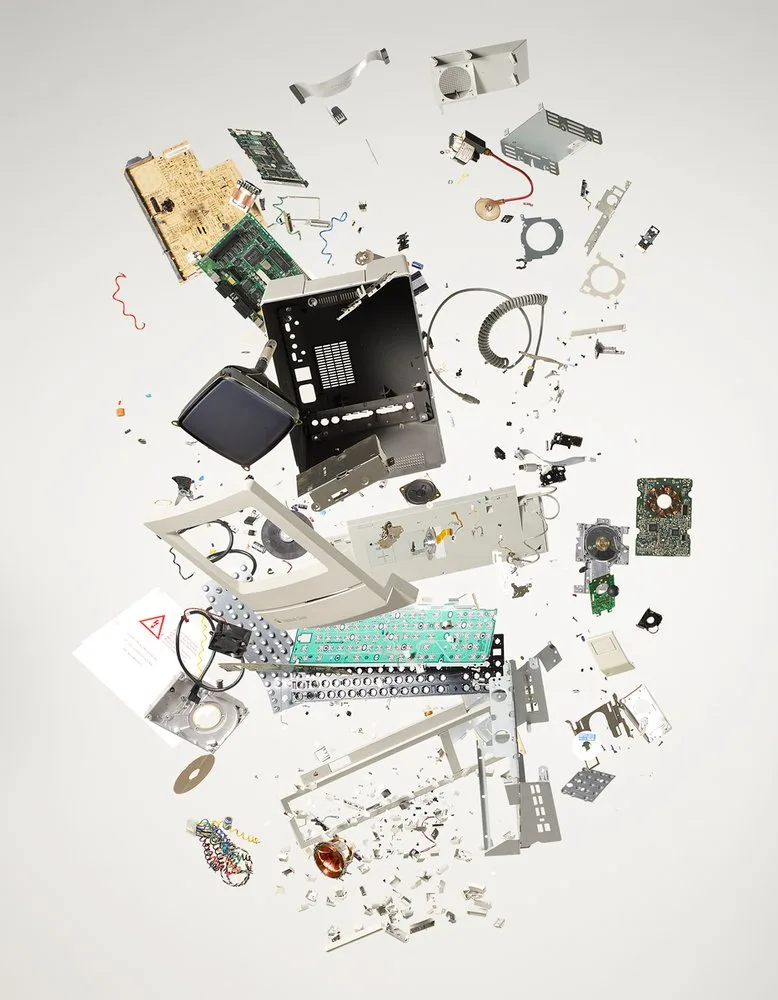
Your photography is so striking - how'd you come up with the idea of photographing deconstructed objects?
I collected a bunch of mechanical objects that I had found discarded one way or another. I had some of these for years and had always wanted to document them, to give them new life.
The standard “product” photograph wasn’t going to work. It needed to be something to show how extraordinary these objects were. I always loved assembly diagrams - the illustrations you sometimes get with mechanical objects to show how they go together. They’ll show each bolt coming out, every single washer. I tried doing this with glass plates and placing the pieces on them. This required way too much post production and it was moving away from the simplicity that I wanted.
Out of frustration, really, I just laid them out of on the floor. Being a hands-on person, I did the deconstruction myself. It’s an integral part of the process in finding the solution to the layouts.
How has living in Toronto impacted your work?
With the Things Come Apart series, having access to the things people toss to the curb was critical. (Imagine how this series would have taken shape if I had lived in New York City!) The fact that I live in a large city centre provides a lot of inspiration - being able to explore and discover new things on a daily basis is key.
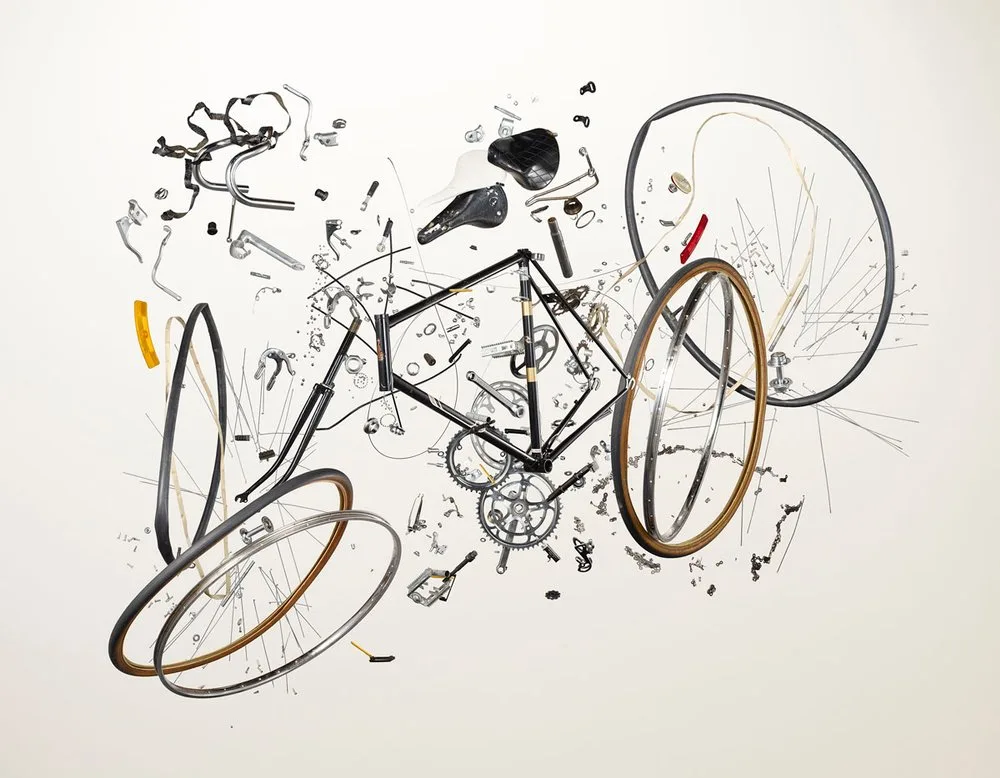
What does it mean to you to be able to make art full-time? And if you weren’t a photographer, what would you be doing?
It’s pretty amazing. I used to feel lucky to be able to do this for a living, but then I think of the hours of sleep I missed and don’t think it was luck. Maybe a bit of great timing. Now there’s a huge STEAM movement, which is fantastic. The Things Come Apart series really connected my love of being hands on. I think if I were to explore a career outside of photography it would have to involve something physical.
What’s the most unexpected lesson that has come from being a photographer?
You have to know a little bit of everything. In both roles as a director and photographer you have to have to have an understanding of what you are shooting so you can connect and convey that to your audience. If you don’t believe in what’s in front of you, I think the audience will have a hard time with it, too. (Or at least you have be a great actor!)
Do you have a project or photo you wish, or thought, would get more attention?
Every single photo that comes from my camera. Is that too big of a wish? I know it doesn’t work that way and that’s why we have to just keep creating. Just like a batter, you get up to the plate and swing for the fences. Sometimes you end up striking out. If you stop swinging, well…
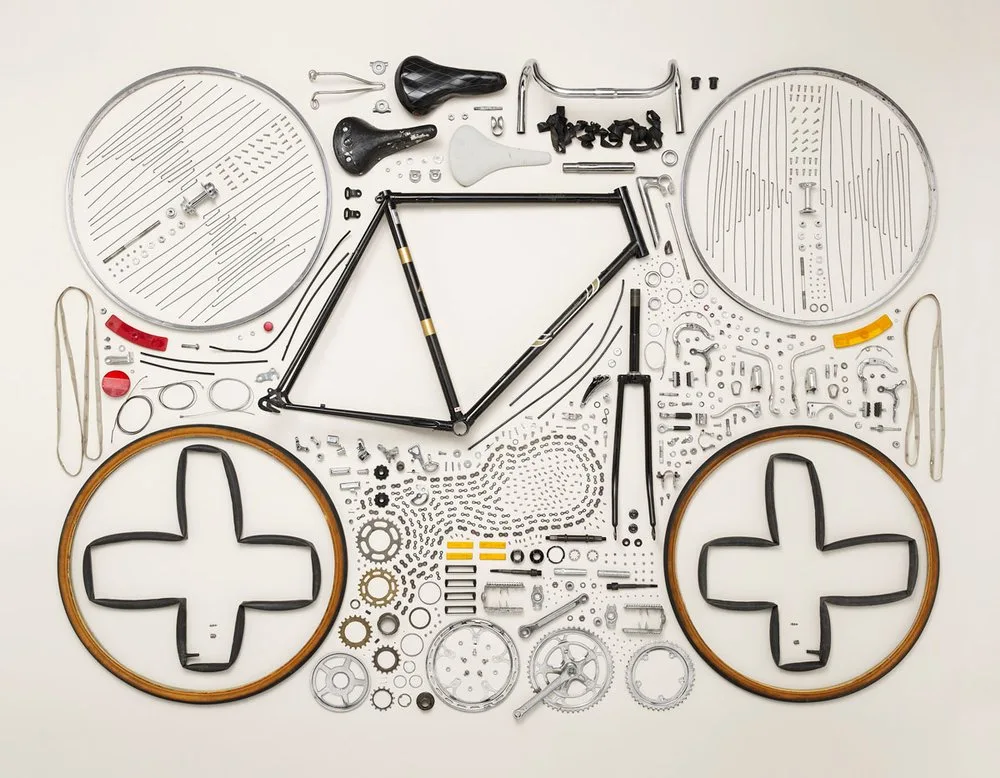
What piece of advice would you give yourself if you were starting over today?
Follow your creativity. If you really, really enjoy doing what you do there is always a market out there for you. It’s a matter of finding that fit. I moved from a smaller city to pursue my dreams and made it happen in Toronto, but now I’m at a point where I work globally and could be anywhere.
Muse From the 6 is a week to celebrate the artists who call Toronto home and the art that makes it unique. This week, Big Cartel will be supporting ArtHeart, a community organization helping people of all ages explore their creativity with art supplies, accessible studio space, and healthy snacks.
You can find Todd on Twitter. He sells prints of his meticulously crafted photography in his Big Cartel shop, so go ahead and pick one up for yourself.
20 December 2017
Words by:Andy Newman
- Share